Refine search
Actions for selected content:
3386674 results
Index
-
- Book:
- The University of Cambridge in the Age of Atlantic Slavery
- Published online:
- 12 September 2025
- Print publication:
- 30 October 2025, pp 371-391
-
- Chapter
-
- You have access
- Open access
- HTML
- Export citation
6 - ‘We presume that its influence is nowhere greater than in the Universities’: Ending and Defending American Slavery
-
- Book:
- The University of Cambridge in the Age of Atlantic Slavery
- Published online:
- 12 September 2025
- Print publication:
- 30 October 2025, pp 164-201
-
- Chapter
-
- You have access
- Open access
- HTML
- Export citation

Self-Made
- The Stories That Forged an American Myth
- Coming soon
-
- Expected online publication date:
- October 2025
- Print publication:
- 30 October 2025
-
- Book
- Export citation
3 - ‘The Glory of their times’: Natural Philosophy, the Law, and the Spoils of Empire
-
- Book:
- The University of Cambridge in the Age of Atlantic Slavery
- Published online:
- 12 September 2025
- Print publication:
- 30 October 2025, pp 76-103
-
- Chapter
-
- You have access
- Open access
- HTML
- Export citation
Abbreviations
-
- Book:
- The University of Cambridge in the Age of Atlantic Slavery
- Published online:
- 12 September 2025
- Print publication:
- 30 October 2025, pp xi-xii
-
- Chapter
-
- You have access
- Open access
- HTML
- Export citation
5 - ‘Those who wish to see the Slave System decline, and at length gradually and safely’: The Ambitions of Cambridge Abolitionism
-
- Book:
- The University of Cambridge in the Age of Atlantic Slavery
- Published online:
- 12 September 2025
- Print publication:
- 30 October 2025, pp 138-163
-
- Chapter
-
- You have access
- Open access
- HTML
- Export citation
Contents
-
- Book:
- The University of Cambridge in the Age of Atlantic Slavery
- Published online:
- 12 September 2025
- Print publication:
- 30 October 2025, pp v-v
-
- Chapter
-
- You have access
- Open access
- HTML
- Export citation
Appendix A: Cambridge Families and the Transatlantic Economy
-
- Book:
- The University of Cambridge in the Age of Atlantic Slavery
- Published online:
- 12 September 2025
- Print publication:
- 30 October 2025, pp 206-209
-
- Chapter
-
- You have access
- Open access
- HTML
- Export citation
Acknowledgments
-
- Book:
- The University of Cambridge in the Age of Atlantic Slavery
- Published online:
- 12 September 2025
- Print publication:
- 30 October 2025, pp viii-x
-
- Chapter
-
- You have access
- Open access
- HTML
- Export citation

Convict Politics
- From Utopia to Serfdom in Early China (221 BCE – 23 CE)
- Coming soon
-
- Expected online publication date:
- October 2025
- Print publication:
- 31 October 2025
-
- Book
- Export citation
Introduction
-
- Book:
- The University of Cambridge in the Age of Atlantic Slavery
- Published online:
- 12 September 2025
- Print publication:
- 30 October 2025, pp 1-18
-
- Chapter
-
- You have access
- Open access
- HTML
- Export citation
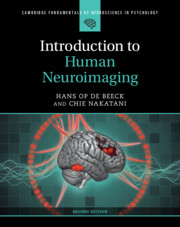
Introduction to Human Neuroimaging
- Coming soon
-
- Expected online publication date:
- October 2025
- Print publication:
- 16 October 2025
-
- Textbook
- Export citation
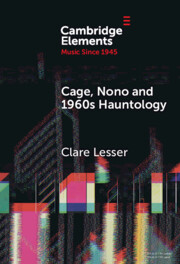
Cage, Nono and 1960s Hauntology
- Sonic Ghosts
- Coming soon
-
- Expected online publication date:
- October 2025
- Print publication:
- 31 October 2025
-
- Element
- Export citation
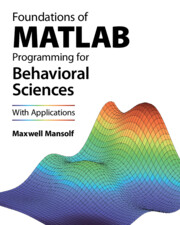
Foundations of MATLAB Programming for Behavioral Sciences
- With Applications
- Coming soon
-
- Expected online publication date:
- October 2025
- Print publication:
- 07 August 2025
-
- Textbook
- Export citation
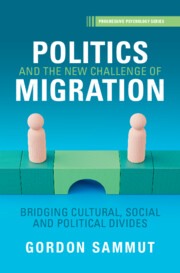
Politics and the New Challenge of Migration
- Bridging Cultural, Social and Political Divides
- Coming soon
-
- Expected online publication date:
- October 2025
- Print publication:
- 09 October 2025
-
- Book
- Export citation

Hubris, Ancient and Modern
- Concepts, Comparisons, Connections
- Coming soon
-
- Expected online publication date:
- October 2025
- Print publication:
- 31 October 2025
-
- Book
- Export citation
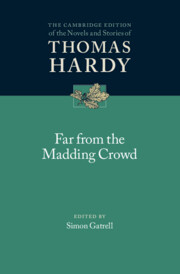
Far from the Madding Crowd
- Coming soon
-
- Expected online publication date:
- October 2025
- Print publication:
- 20 November 2025
-
- Book
- Export citation

Ruin Ecology
- An Exercise in Environmental Imagination
- Coming soon
-
- Expected online publication date:
- October 2025
- Print publication:
- 30 November 2025
-
- Element
- Export citation

The Law and Practice of International Administrative Tribunals
- Coming soon
-
- Expected online publication date:
- October 2025
- Print publication:
- 31 October 2025
-
- Book
- Export citation

Principles of Nano-Optics
- Coming soon
-
- Expected online publication date:
- October 2025
- Print publication:
- 31 October 2025
-
- Book
- Export citation
